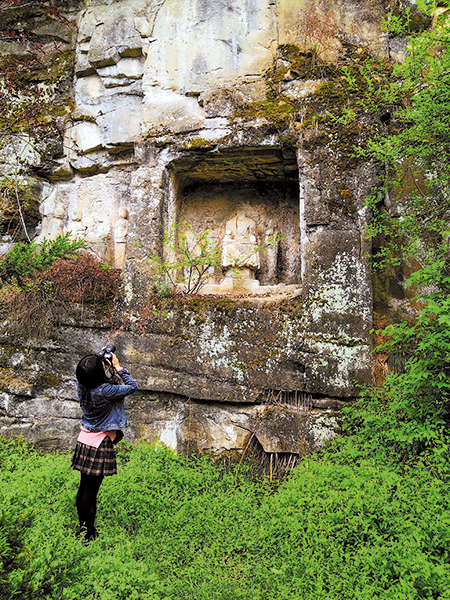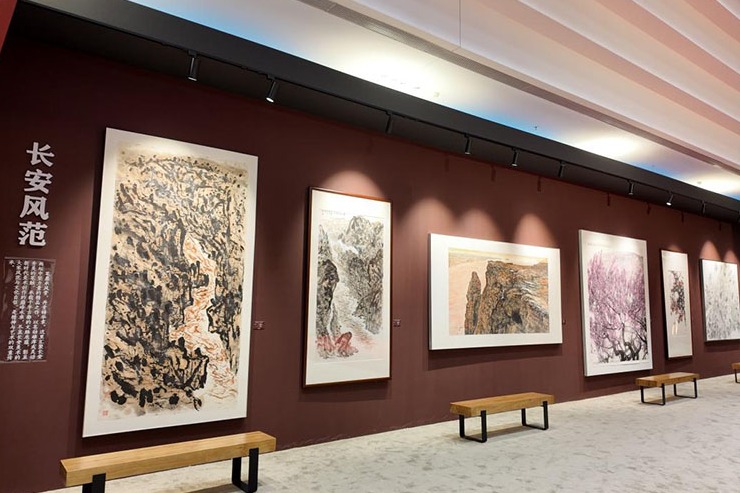Taking snapshots of heritage
History enthusiast records the treasures of the past to give them a wider audience, Yang Yang reports.


At that time, the Ming imperial tombs were still in disrepair. "Standing in front of the Qingling Stele Pavilion, I was immediately drawn to the broken tiles and ruins, as if I had traveled through time," she says. It was that glimpse of beauty that solidified her passion for history and culture, and inspired her to explore and experience them in the following years.
The first historical sites Wang visited were the wild sections of the Great Wall on Beijing's outskirts — Jiankou, Simatai, Jinshanling and Mutianyu. On the social network platform popular at the start of the 21st century, QQ, Wang found a group of people with similar passion — hiking through the wild sections of the Great Wall.
In free time, carrying a tent, water and some bread, Wang walked 30 km a day. In the evenings, she and the fellow hikers pitched the tents on the Great Wall, watching sunsets and sunrises, enjoying pure happiness.
Gradually, Wang expanded her visit to farther places. In Hebei's Cangzhou, she visited the Iron Lion that was crafted in 953, and saw it before the current shelter was built.
Visiting historical sites has become an important part of Wang's life that she has been pursuing for more than two decades.
"I love it because I'm always touched by those historical sites that have been standing there for centuries," she says.
"Just imagine all they've endured — centuries of storms, dynastic upheavals, natural erosion, human vandalism, even earthquakes. Yet these ancient structures still stand resilient, radiating timeless beauty to every visitor fortunate enough to encounter them. In their presence, life's worries appear trivial."





































